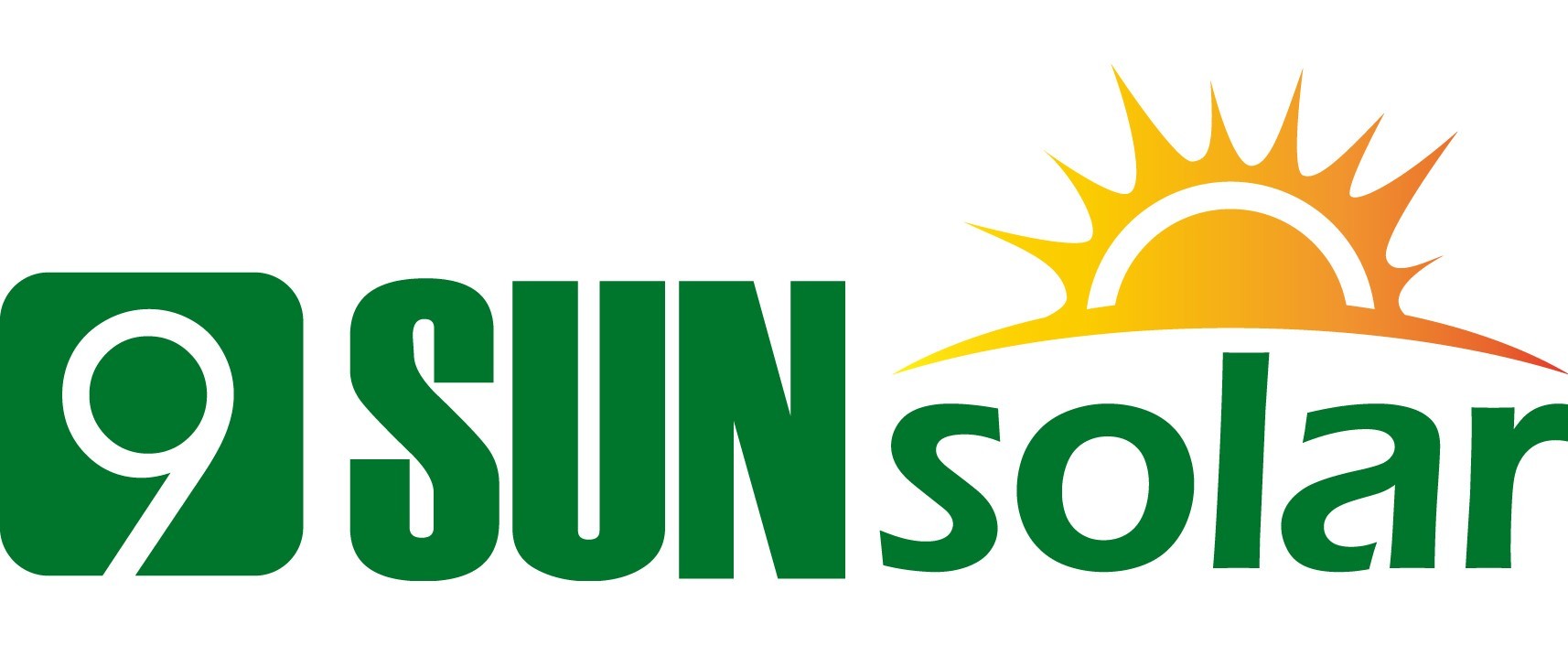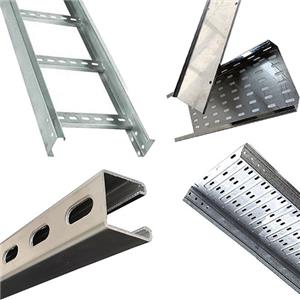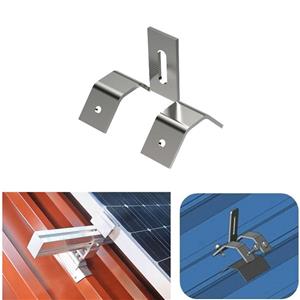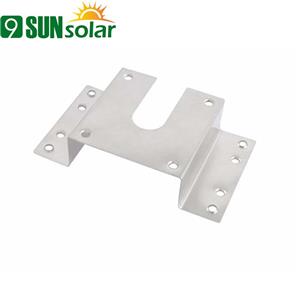Overview of Ground-Mounted Solar Panel Types
There are two primary types of ground-mounted solar systems:
Rack-Mounted Systems: These systems use metal frames secured into the ground at a fixed angle to hold the solar panels. Some designs allow for manual adjustment of the panel angle throughout the year, optimizing energy capture by accounting for seasonal sun shifts.
Pole-Mounted Systems: These setups support multiple panels on a single pole, elevating them higher than standard rack-mounted systems. They often include automatic tracking systems, which allow the panels to follow the sun throughout the day. These trackers can increase solar panel efficiency by up to 25% or more. Pole-mounted systems come with either single-axis or dual-axis trackers. Single-axis trackers follow the sun’s daily path, while dual-axis systems also adjust for seasonal sun variations.
Pros and Cons:
Rack-Mounted Systems:
Pros: Easier to install, cheaper than pole-mounted systems, and simpler to maintain.
Cons: More costly than roof-based systems, take up more space, and offer fewer upgrade options like solar trackers.
Pole-Mounted Systems:
Pros: More space-efficient, higher energy efficiency due to tracking systems, and easier to upgrade.
Cons: More expensive, harder to expand with additional panels, and require more maintenance.
Both types of systems can be obtrusive and expensive to install, so personal preference plays a role in choosing between them. Some may prefer the simplicity of rack-mounted setups, while others may be drawn to the advanced technology of pole-mounted systems.
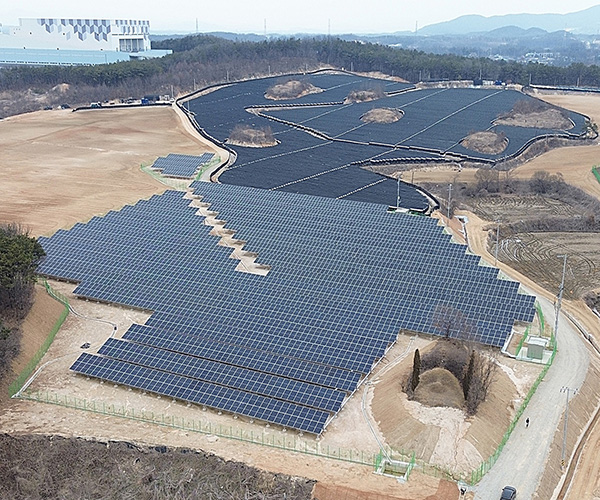
- Industry News
- Company News
- blog
